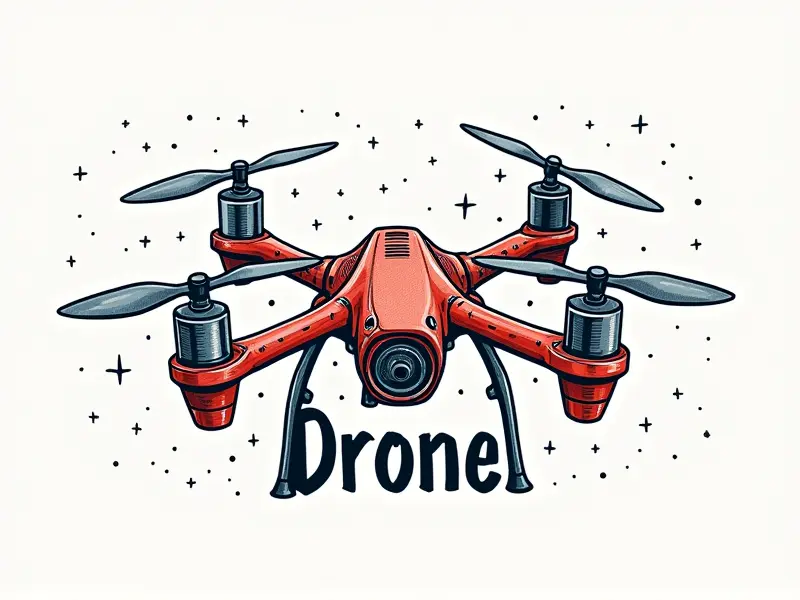Can drones be used for delivery?

Are Drones Ready for Delivery Services?
The use of drones in delivery services has been a topic of increasing interest and debate. Technological advancements have brought us closer to the reality where unmanned aerial vehicles (UAVs) can efficiently transport goods from one location to another. However, several questions remain: Are drones currently capable of handling the complexities involved in delivering packages? What are the challenges that need to be addressed before widespread implementation?
Challenges in Drone Delivery Implementation
The path towards drone delivery is fraught with numerous obstacles. One major challenge is regulatory compliance. Governments around the world have different rules and restrictions regarding the use of drones, which can significantly impact how and where these machines operate.
- Safety Concerns: Ensuring that drone deliveries are safe for both people on the ground and the packages themselves is crucial. Drones must be equipped with advanced safety features to prevent accidents.
- Battery Life: The limited battery life of drones restricts their operational range, making long-distance deliveries impractical without recharging stations.
- Navigational Challenges: Drones need sophisticated navigation systems to avoid obstacles and navigate through urban environments effectively.
Efficiency of Drone Delivery Systems
Drones have the potential to revolutionize delivery services by offering unparalleled speed and efficiency. They can bypass traffic congestion, reducing delivery times significantly. Additionally, drones enable on-demand deliveries, allowing customers to receive their orders much faster than traditional methods.
Advantages of Using Drones for Delivery
The benefits of using drones in the logistics sector are manifold:
- Reduced Costs: By automating delivery processes, companies can cut down on labor costs and improve overall efficiency.
- Environmental Impact: Drones produce fewer emissions compared to trucks or vans, making them a more eco-friendly option for last-mile deliveries.
- Increased Accessibility: Remote areas that are difficult to reach by conventional means can now benefit from quick and reliable delivery services.
Benefits of Using Drones for Shipping
The integration of drones into shipping operations offers several advantages:
- Faster Delivery Times: Customers expect faster service, and drones can meet this demand by providing rapid deliveries to urban centers.
- Data Collection: Drones equipped with sensors can collect valuable data about delivery routes, traffic patterns, and customer behavior, enhancing operational efficiency.
Safety Concerns with Drone Deliveries
While drones offer numerous benefits, safety remains a paramount concern. Ensuring that these unmanned vehicles do not pose risks to pedestrians, wildlife, or property is essential for their acceptance in everyday use.
- Airspace Management: Effective management of airspace will be critical as more drones take to the skies.
- Data Security: Protecting sensitive data transmitted by drones from potential cyber threats is another important issue that needs addressing.
Regulatory Hurdles for Drone Deliveries
The regulatory landscape surrounding drone delivery varies greatly between countries and even within regions. Overcoming these hurdles will be crucial for the widespread adoption of drone-based logistics solutions.
- Licensing Requirements: Obtaining licenses to operate commercial drones can be a lengthy process, involving extensive documentation and compliance checks.
- National Security Considerations: Governments must balance innovation with national security concerns when drafting regulations for drone usage.
The Impact of Drones on Logistics
Drones are poised to transform the logistics industry by introducing new levels of efficiency and flexibility. Companies that embrace this technology early will likely gain a competitive edge over those who do not.
- Customer Experience: Improved delivery speeds can enhance customer satisfaction, leading to higher repeat business rates.
- Operational Improvements: Drones allow for real-time tracking and monitoring of shipments, streamlining operations across the supply chain.
Is Drone Delivery the New Norm?
As technology continues to advance and regulatory frameworks evolve, it is plausible that drone delivery could become a standard practice in many sectors. However, achieving this goal requires overcoming significant hurdles related to safety, regulation, and public acceptance.
How Effective Are Drones in Package Delivery?
The effectiveness of drones in package delivery has been demonstrated through various pilot programs and real-world applications. These initiatives showcase the potential for drones to deliver packages swiftly and securely, albeit with some limitations.
- Speed: Drones can provide quick turnaround times, especially in urban settings where traffic congestion is a major issue.
- Reliability: Modern drone technology ensures that deliveries are completed accurately and on schedule.
Challenges Facing Drone Delivery Today
The current landscape of drone delivery faces several challenges:
- Tech Limitations: While drones have made significant strides, there is still room for improvement in terms of battery life and navigation capabilities.
- Economic Feasibility: The cost-benefit analysis must be favorable for businesses to adopt drone delivery on a large scale.
Conclusion
The potential benefits of using drones for delivery services are undeniable. From enhancing efficiency and reducing costs to improving customer satisfaction, the advantages are clear. However, significant challenges remain, including regulatory compliance, safety concerns, and technological limitations. As these hurdles are overcome, it is likely that drone deliveries will become more commonplace in both urban and rural areas.

